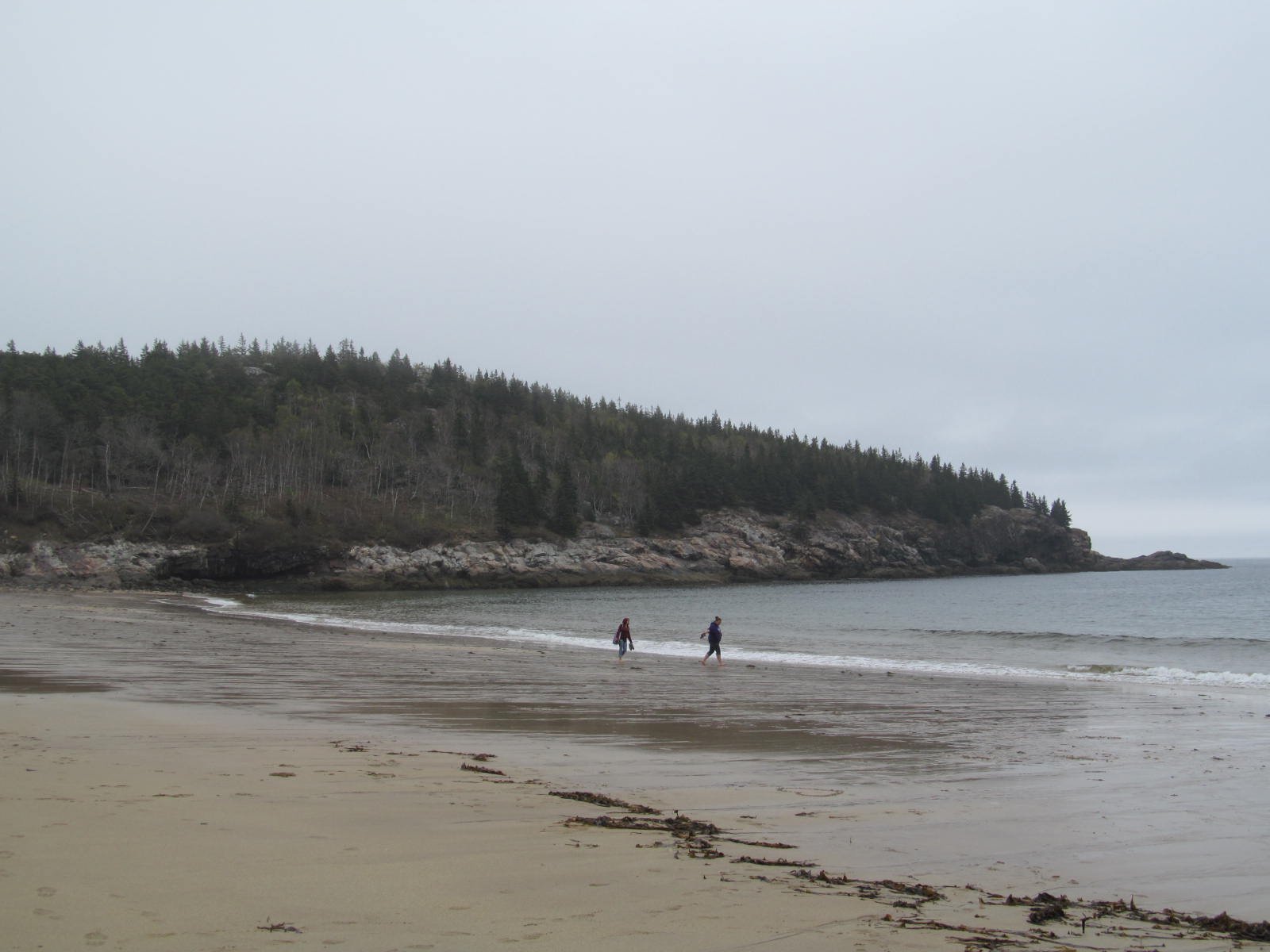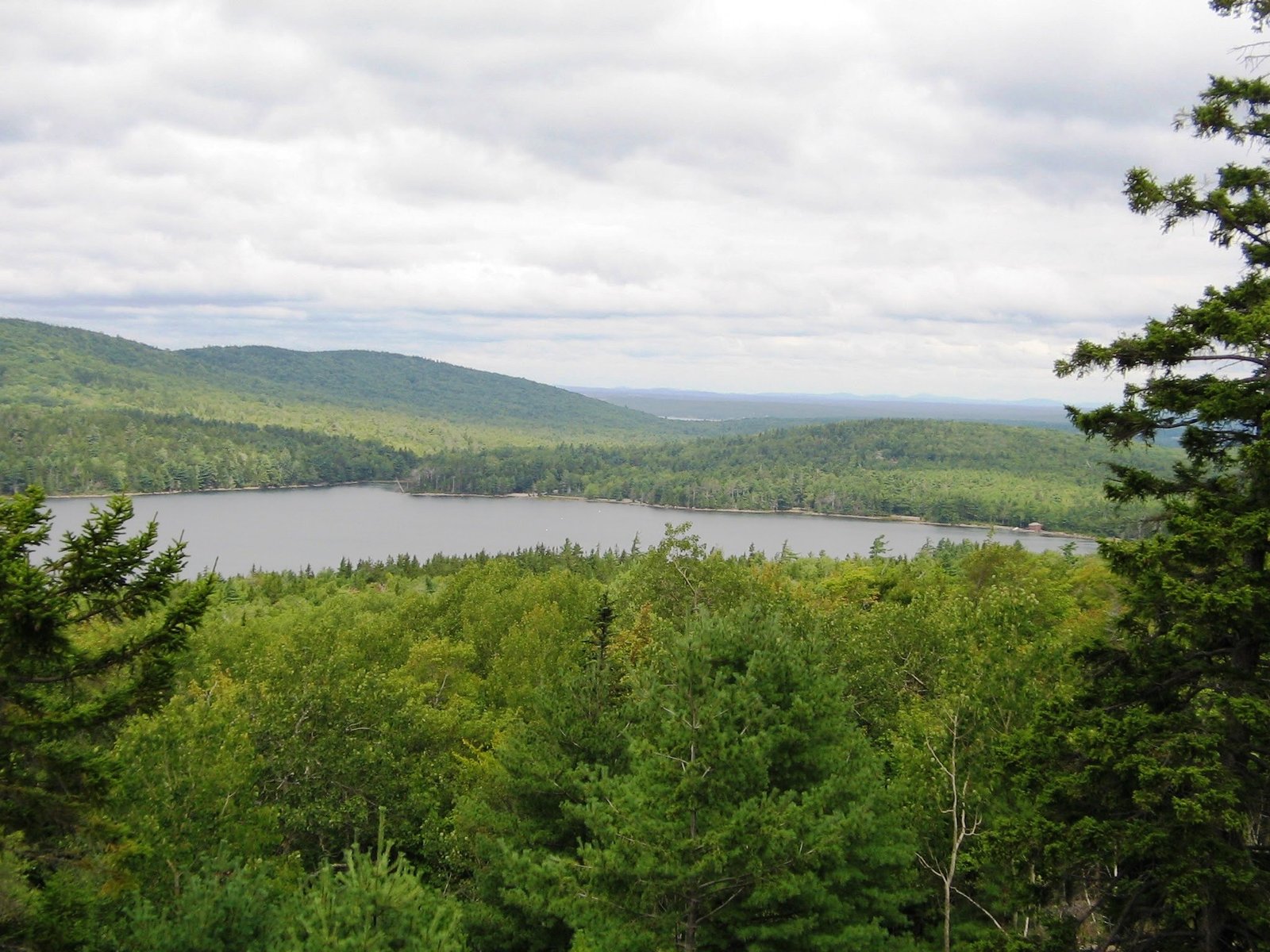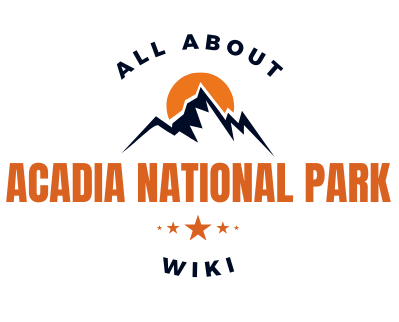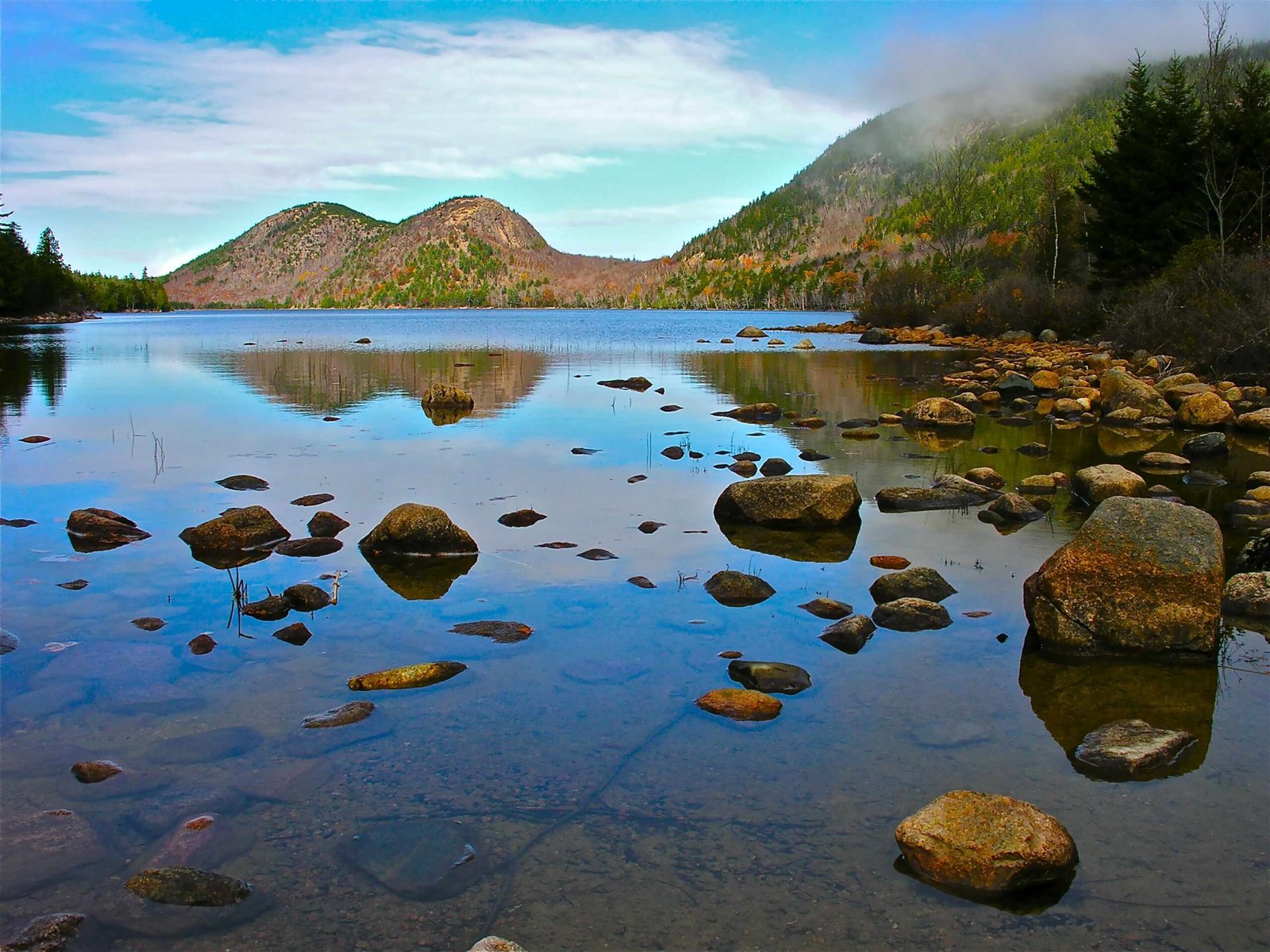Acadia National Park, located on the coast of Maine, offers a unique opportunity to witness the mesmerizing aurora borealis. This natural light display, also known as the Northern Lights, can be seen from the park during certain times of the year. The park’s dark skies and northern location make it an ideal spot for aurora viewing, especially from elevated areas like Cadillac Mountain. This guide provides essential information on when and where to see the aurora, photography tips, and practical advice for planning your visit.
When Can You See the Aurora Borealis in Acadia National Park?

The aurora borealis is a captivating phenomenon that can be observed in Acadia National Park under specific conditions. Here’s a breakdown of the best times to witness this spectacular light show:
What Are the Optimal Months for Aurora Viewing?
- Winter (December – February): Prime viewing season due to longer nights and clearer skies
- Fall (August – October): Possible sightings, though less frequent than winter
- Early Spring (March – April): Potential for aurora activity, especially around the spring equinox
Which Specific Dates Should You Target?
While exact dates can’t be predicted far in advance, historical data suggests:
- Equinoxes (around March 20 and September 22) often see increased aurora activity
- New moon phases provide darker skies, enhancing visibility
- Check aurora forecast websites for real-time predictions
Where Are the Best Spots to View the Aurora in Acadia?

Choosing the right location is crucial for a successful aurora viewing experience. Here are some prime spots within Acadia National Park:
- Cadillac Mountain: The highest point on the East Coast, offering panoramic views
- Jordan Pond: The southern end provides a clear northward view
- North Fork: Located in the northwest part of the park, away from light pollution
How Can You Photograph the Aurora Borealis in Acadia?
Capturing the aurora borealis requires specific camera settings and equipment. Here’s a guide to help you photograph this ethereal phenomenon:
What Camera Settings Should You Use?
- Mode: Manual
- ISO: Start at 800-1600, adjust as needed
- Shutter Speed: 10-20 seconds
- Aperture: Wide (f/2.8 or lower)
- Focus: Manual, set to infinity
What Equipment is Essential?
- Tripod
- Remote shutter release or timer
- Wide-angle lens
- Red light (to preserve night vision)
Are There Aurora Borealis Tours in Acadia National Park?
While specific aurora tours are not common, Acadia offers several night sky programs that can enhance your aurora viewing experience:
- Acadia Night Sky Week: Annual event featuring stargazing activities
- Guided Stargazing Programs: Led by park rangers, may include aurora information
Contact the park’s visitor center for up-to-date information on available programs during your visit.
How Accessible Are Aurora Viewing Spots in Acadia?
Accessibility varies depending on the location and time of year:
What Are the Parking and Transportation Options?
| Location | Accessibility | Parking | Transportation |
|---|---|---|---|
| Cadillac Mountain | Car accessible (reservations required in peak season) | Available at summit | Personal vehicle or shuttle (summer only) |
| Jordan Pond | Car accessible | Available near pond | Personal vehicle or shuttle (summer only) |
| North Fork | May require hiking or off-road driving | Limited | Personal vehicle |
What Challenges Should You Consider?
- Weather: Clear skies are essential for aurora viewing
- Light Pollution: Minimal in the park, but can be an issue near Bar Harbor
- Seasonal Restrictions: Some areas may have limited access in winter
What Should You Pack for Aurora Viewing in Acadia?
Preparing for an aurora viewing session in Acadia National Park requires careful planning. Here’s a list of essential items to pack:
- Warm, layered clothing (especially in winter)
- Sturdy, waterproof boots
- Hand and foot warmers
- Thermos with hot beverages
- Snacks
- Headlamp with red light option
- Fully charged camera and extra batteries
- Binoculars (optional)
- Aurora forecast app on your smartphone
Remember, patience is key when waiting for the aurora. Be prepared to spend several hours outdoors in potentially cold conditions.
How Can You Contribute to Dark Sky Preservation in Acadia?
Acadia National Park is committed to preserving its dark skies, which are crucial for aurora viewing. Here are ways you can help:
- Use red lights instead of white lights when outdoors at night
- Minimize use of artificial light and turn off unnecessary lights
- Participate in the park’s dark sky education programs
- Support local initiatives aimed at reducing light pollution
- Spread awareness about the importance of dark skies for wildlife and stargazing
By following these guidelines, you’ll not only enhance your own aurora viewing experience but also help preserve this natural wonder for future generations.
Remember, witnessing the aurora borealis in Acadia National Park is a rare and magical experience. With proper planning and a bit of luck, you may be treated to one of nature’s most spectacular light shows against the backdrop of Maine’s stunning coastal landscape.
References:
1. https://journal.craignair.com/your-guide-to-northern-lights-and-stargazing-in-maine
2. https://www.outsideonline.com/adventure-travel/national-parks/best-national-parks-to-see-northern-lights/
3. https://discoverdowneastacadia.com/home/thingstodo/stargazing/

